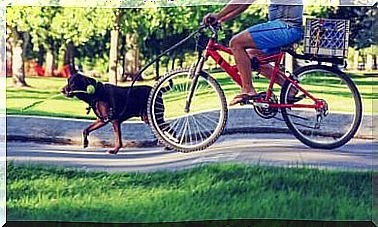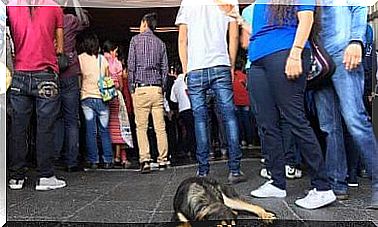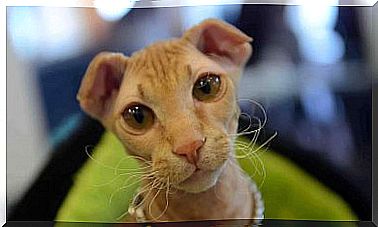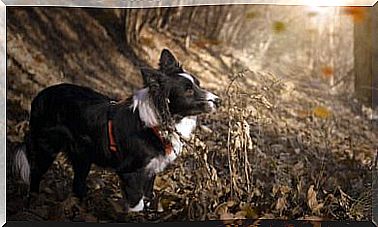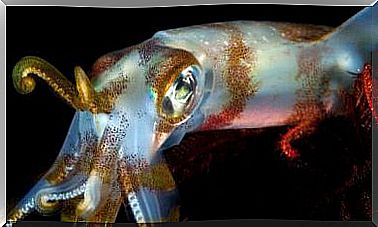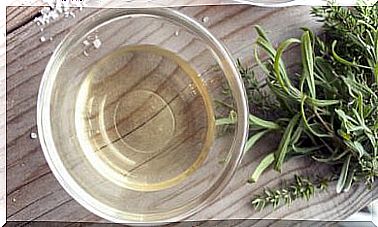All About Chin, The Japanese Aristocratic Dog
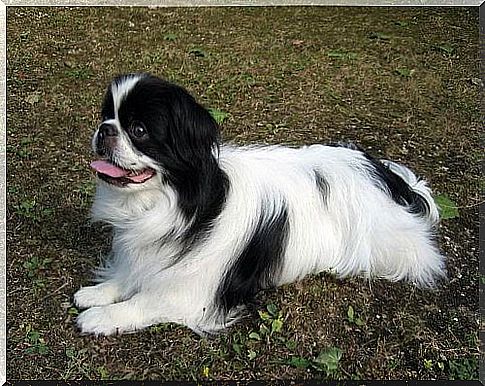
This small and aristocratic breed will be the delight of any miniature dog lover. The intelligence and demeanor of the Japanese Chin make it an ideal companion animal, even if its price is unfortunately not affordable for everyone. Let’s discover this cute little dog together.
The noble origins of Japanese Chin
The history of this specimen begins in Asia. In the year 732 BC, the Korean rulers presented the ancestors of the race known today to the Japanese court. Furthermore, there are documents indicating that other specimens were also sent to China.
During the reign of Tsunayoshi Tokugawa (1689-1709) the Chin was raised as a toy dog in Edo Castle, Japan. The breed arrived in England only in 1613 thanks to a British captain. Then, in 1853 it would reach the United States. In fact, two of the specimens that arrived on the shores of the United States were presented to Queen Victoria of England.
Since 1868 the Japanese Chin has often been chosen as a domestic dog in high-ranking circles . Nowadays, it is a companion animal that is particularly well suited to families.
Characteristics and morphology
We are dealing with a dog of small size and abundant hair. It has a large facial region which, together with its fur, gives it a very distinctive look. The Fédération cynologique internationale places it in group 9 of companion dogs.
The back of the Japanese Chin is wide and slightly arched. In terms of proportions, it usually measures around 25 centimeters in height and its weight varies between 1.8 and 3.2 pounds. As usual, females tend to be smaller and lighter than males.
Its coat is soft, long and silky. With the exception of the face, it is completely covered with a large amount of smooth hair, which gives the animal an almost plush appearance . On the neck, ears, thighs and tail it even seems to have abundant fringes.
In terms of color, breed standards indicate that it should be white with black markings, and these are more likely to appear symmetrically around the eyes and ears, as well as on the rest of the body. The nose is generally flattened and broad and takes up the color of the coat.
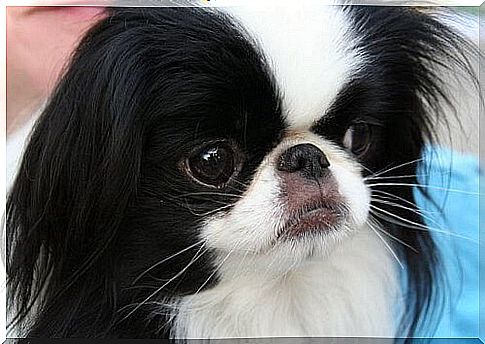
The ideal home for a Japanese Chin
Centuries of training as a companion animal have allowed this intelligent animal to acquire a sweet and complacent character. As a family dog he is ideal, as he enjoys the company of children, but you have to keep in mind that this breed can not stand loneliness.
One of the advantages of having a small dog is that you don’t need to exercise too much, which means that one hour of daily exercise, divided into several walks, will be more than enough to tire your pet. Its affable nature does not tolerate too much discipline, so this breed is limited to being used as a companion animal.
Japanese Chin is well suited to families even in a small home, but the only requirement is that family members have enough time to devote to it. Young children can be a problem because, due to their small size, they can suffer accidental damage. If you are considering adopting a Chin, it will be in your interest to teach your children well how to treat and respect them. It is a fragile animal, it should not be forgotten.
Special care and attention
Due to its abundant and silky hair, this breed requires thorough brushing two to three times a week. It is recommended to use a stiff-bristled comb and a specific brush for the ear area, where knots are normal. A simple bath will also help you maintain the sheen and softness of its fur.
Due to the shape of its head, it must be borne in mind that the Japanese Chin has eyes that are very exposed to external agents. Regular cleaning of the eyes and ears can help keep infections under control, and in case of any abnormality, you should always consult your vet.
Finally, its most common diseases are keratoconjunctivitis sicca and patella luxation. The squashed snout can cause breathing problems. Normal vaccinations and proper nutrition complete the care this beautiful and docile little dog will need.


